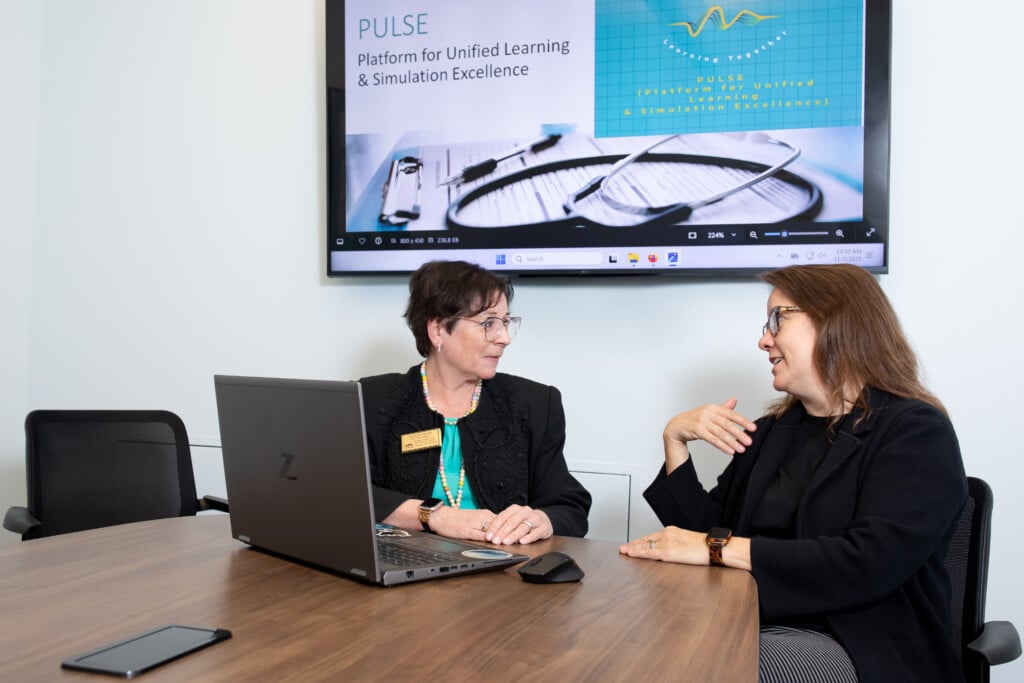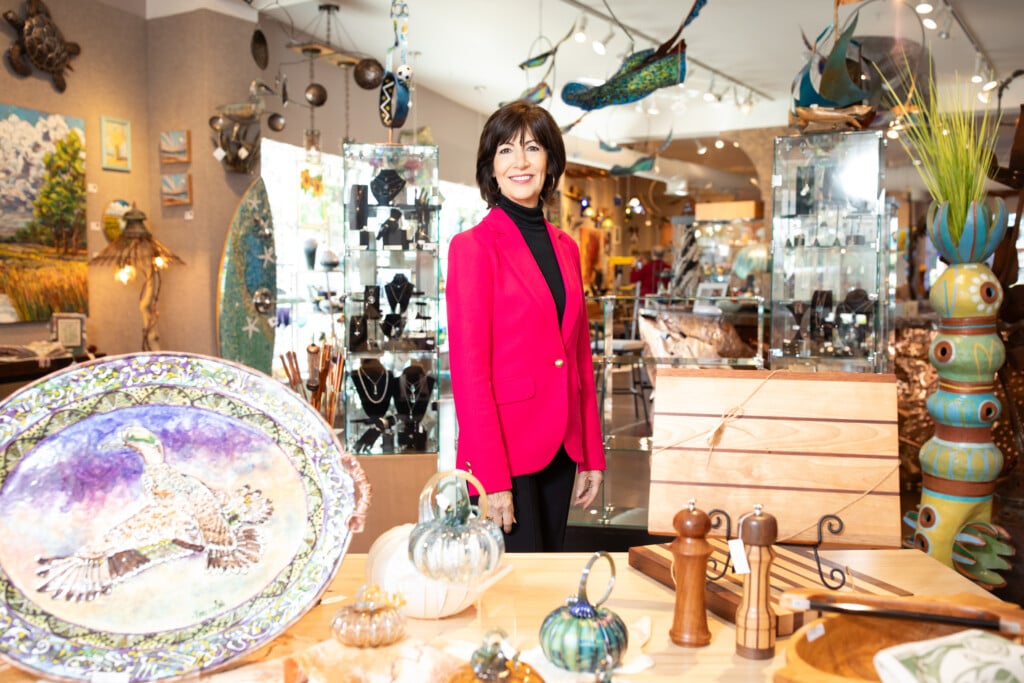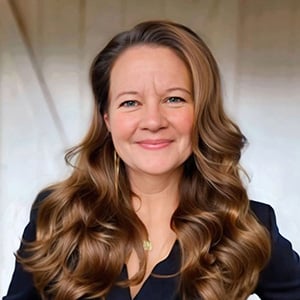Birds of a Feather
Trio leads observatory to new heights
 A fledgling organization in Wilmington is putting birds on the map — literally.
A fledgling organization in Wilmington is putting birds on the map — literally.
Cape Fear Bird Observatory, led by several local women, is actively banding birds and collecting data on numbers and migration patterns. The group also aims to educate area residents about the connection between healthy bird populations and a healthy environment and is collaborating with other organizations in its endeavors.
EVANGELYN BUCKLAND and MARAE WEST are wildlife researchers with backgrounds in environmental studies and advanced degrees in marine biology; JILL PELEUSES, with her husband PETE, owns Wild Bird & Garden store in Wilmington’s Hanover Center. Armed with bachelor’s and master’s degrees in environmental studies and natural resources management, Peleuses is an avid educator, leading birding classes for the public and for UNCW’s Osher Lifelong Learning Institute.
West, the board chair of Cape Fear Bird Observatory, and Buckland, the managing director, met in graduate school at the University of North Carolina Wilmington. Buckland and Peleuses, the program director, formed the organization in 2020, which they modeled after an observatory Peleuses encountered in New Jersey. West joined them soon after.
The observatory is not a physical place; rather, the name describes the work its members do as observers of bird populations and migrations. Banding birds, like the colorful painted bunting, to help them and other research communities track their migration patterns is a major undertaking.
“We are doing bird research and education,” says Buckland. “Data collection for songbirds is what we’re focused on at this point. We felt there was a need in this area and wanted to contribute meaningful long-term data that would work in concert with what other organizations are doing.”
She points out that Southeast North Carolina is along the Atlantic flyway, an important route for migratory birds. She and the other observatory founders felt that songbird data collection was a missing piece of all the local bird advocacy efforts already in existence. Since looking at wild bird populations is one way of gauging environmental threats, that data is crucial. In rapidly developing Southeastern North Carolina, birds face significant habitat loss, Peleuses says.
Recently, the young nonprofit was awarded a $200,000 grant through the National Estuarine Research Reserve Science Foundation, which supports its work. A grant from the Landfall Foundation allowed them to purchase educational materials.
Collaborations have enabled their endeavors to take flight. One such partnership with the organization Field Inclusive supports a one-year intern. The observatory has also attracted UNCW interns, who gain experience and may get course credit for their work.
While the observatory offers programs for all ages, young people are very much in their sights. The observatory has been leading a monthly Youth Bird Watching session at Greenfield Lake as well as partnering with D.C. Virgo for programming.
“It has been so heartening to see so many of our youth getting excited to be outside interacting with our natural world,” says JOREY STANLEY, who has served on the observatory board for about a year. She says she thinks there’s a natural human attraction to birds.
“Apart from being environmental indicators, they add an element of beauty to the landscape,” Stanley says. “We like seeing birds and hearing birds. In North Carolina we have so many types: we have birds that migrate up to us [from tropical locales] and birds traveling south. So, we’re sharing birds with other parts of the world.”
As a primarily woman-led science organization, Cape Fear Bird Observatory also aims to create jobs in the science community that pay a living wage and are welcoming to women. That’s why the partnership with Field Inclusive, which works to diversify the science community, is such a good match, says Stanley.
Working alone or with a male colleague in laboratories or out in isolated sampling locations can make women vulnerable to abuse or even assault, she says. The observatory and Field Inclusive have a shared goal of creating safe work environments for their interns while connecting them with other programs and career opportunities.
In its brief existence, Cape Fear Bird Observatory has gained a degree of support and interest that surprises even its leaders.
“It’s amazing what has been accomplished in a few short years,” West says.
Peleuses agrees. “We’ve gotten a lot of collaboration from other organizations as well as from individuals,” she says. “People came from Durham to our bird banding session this morning.”
Cape Fear Bird Observatory welcomes volunteers and invites the public to visit their website, www.capefearbirdobservatory.org, to learn more about their programs.
To view more of photographer Terah Hoobler’s work, go to terahhoobler.com.
Want more WILMA? Click here to sign up for our WILMA newsletters and announcements.



